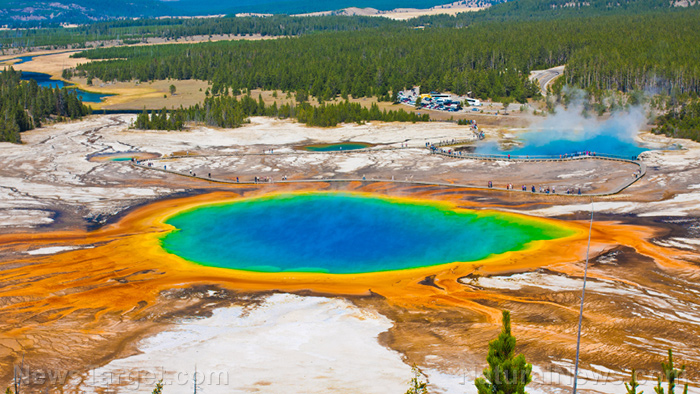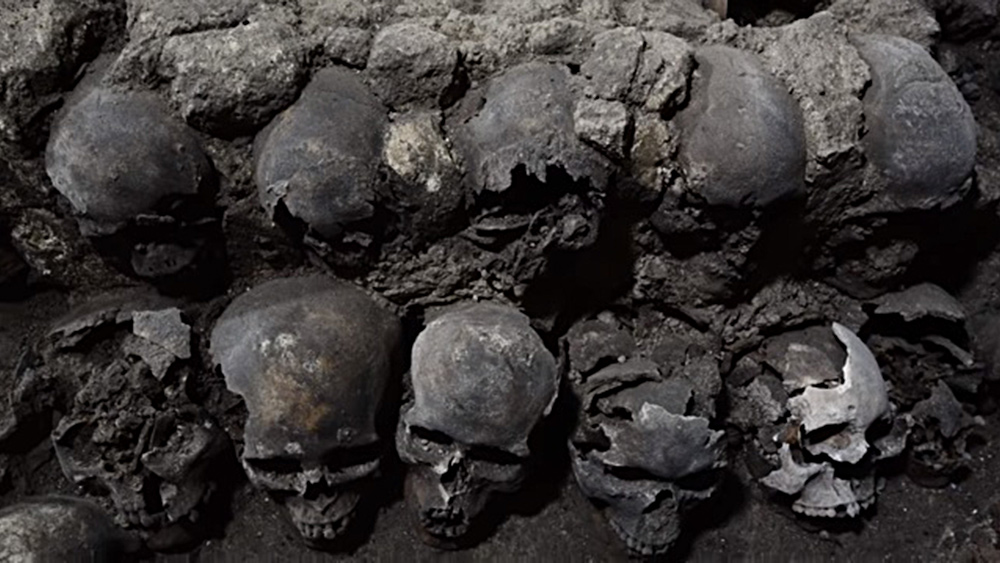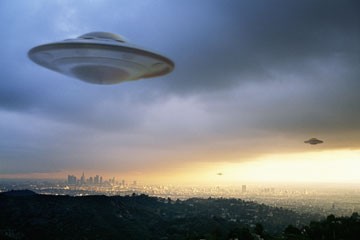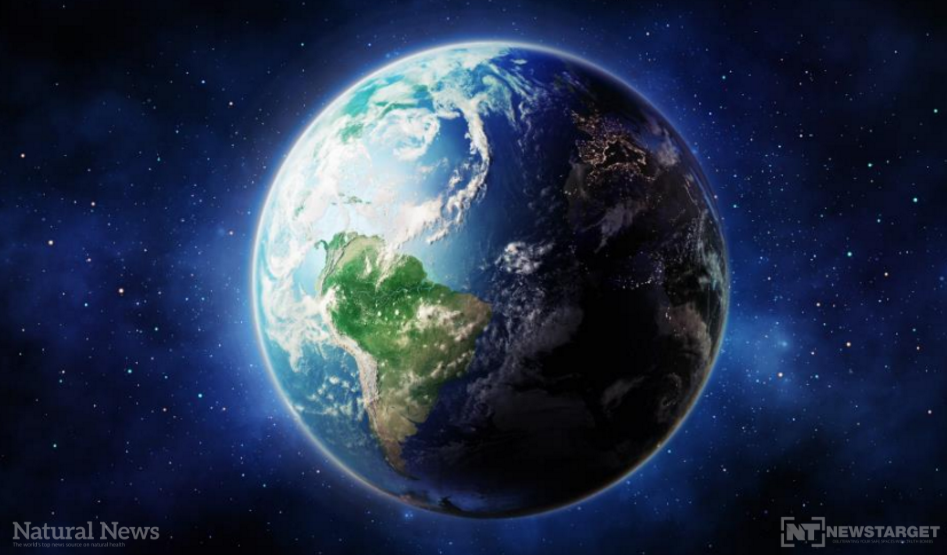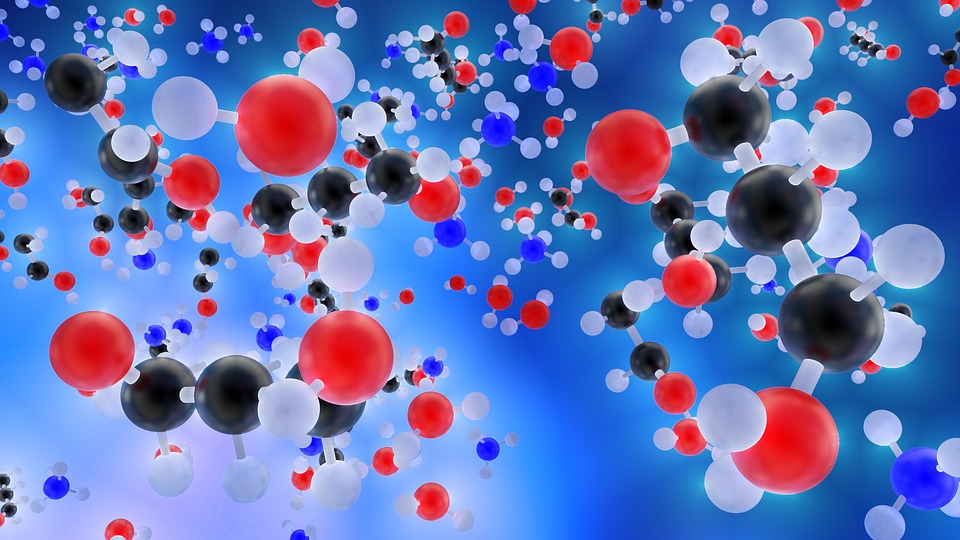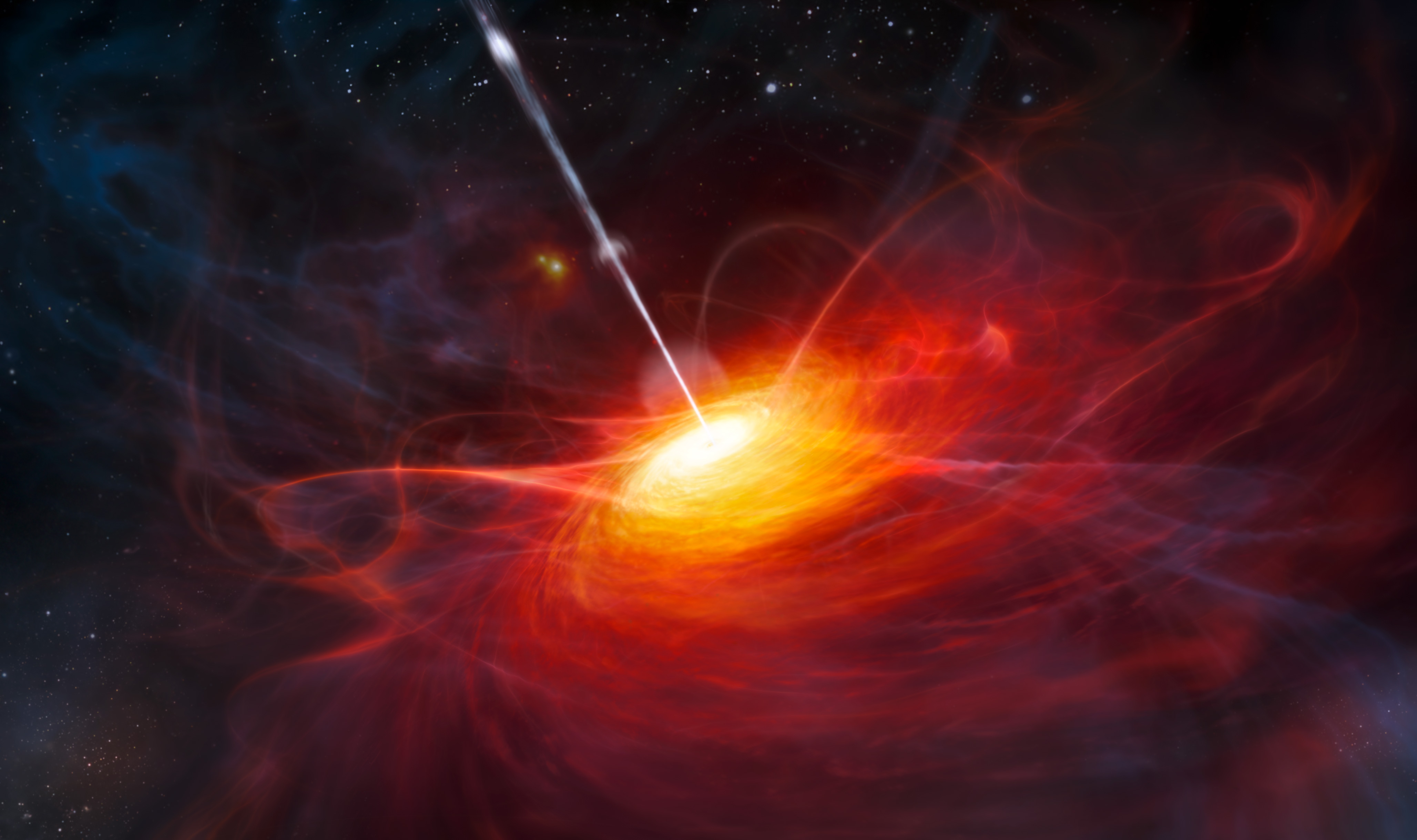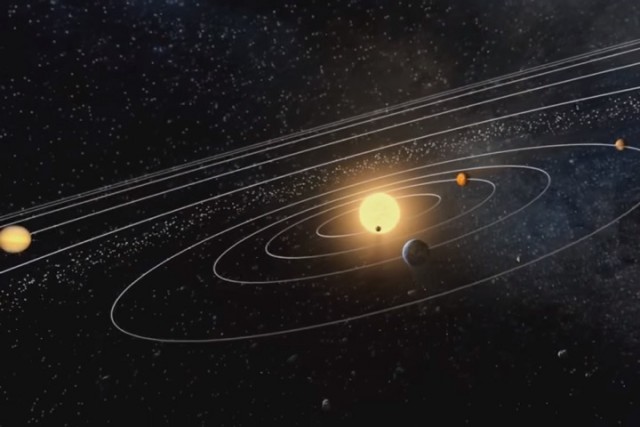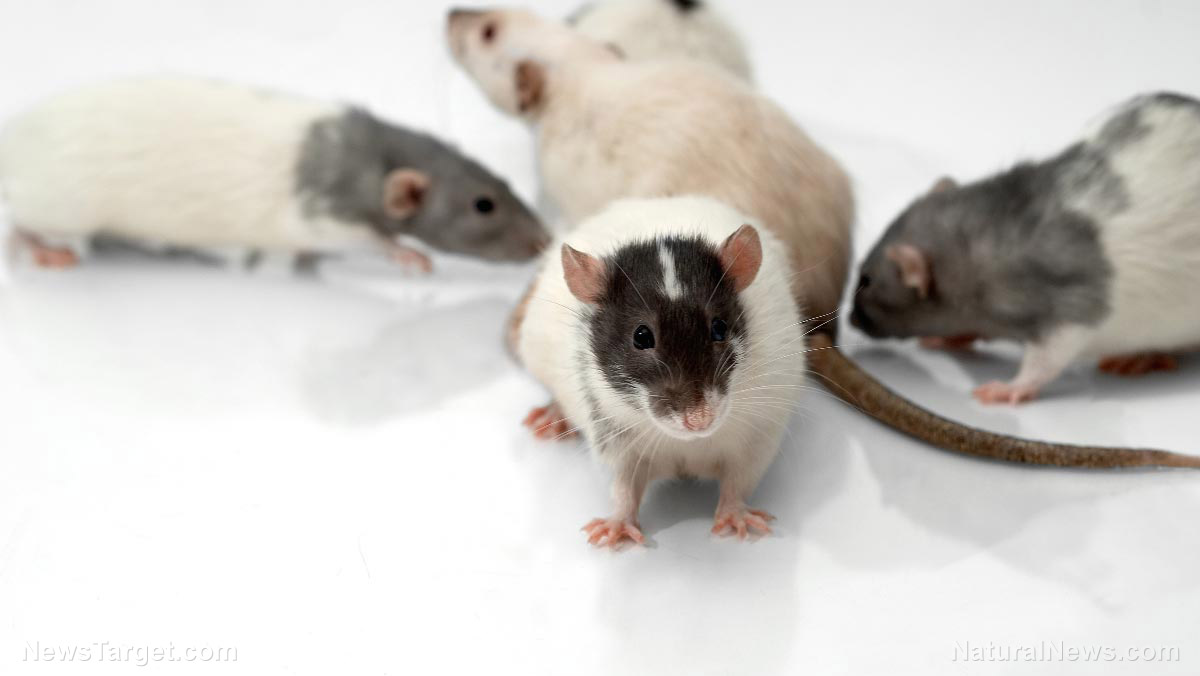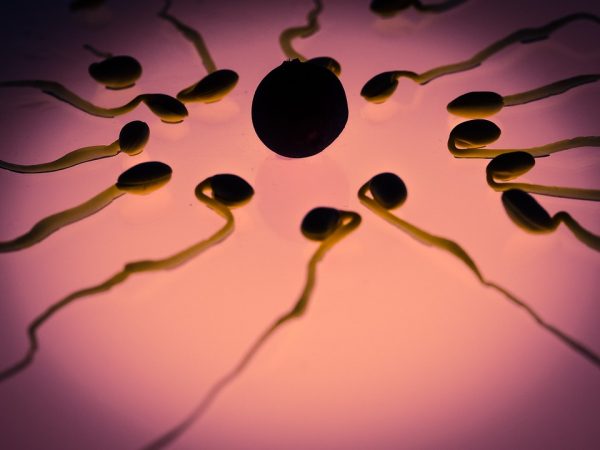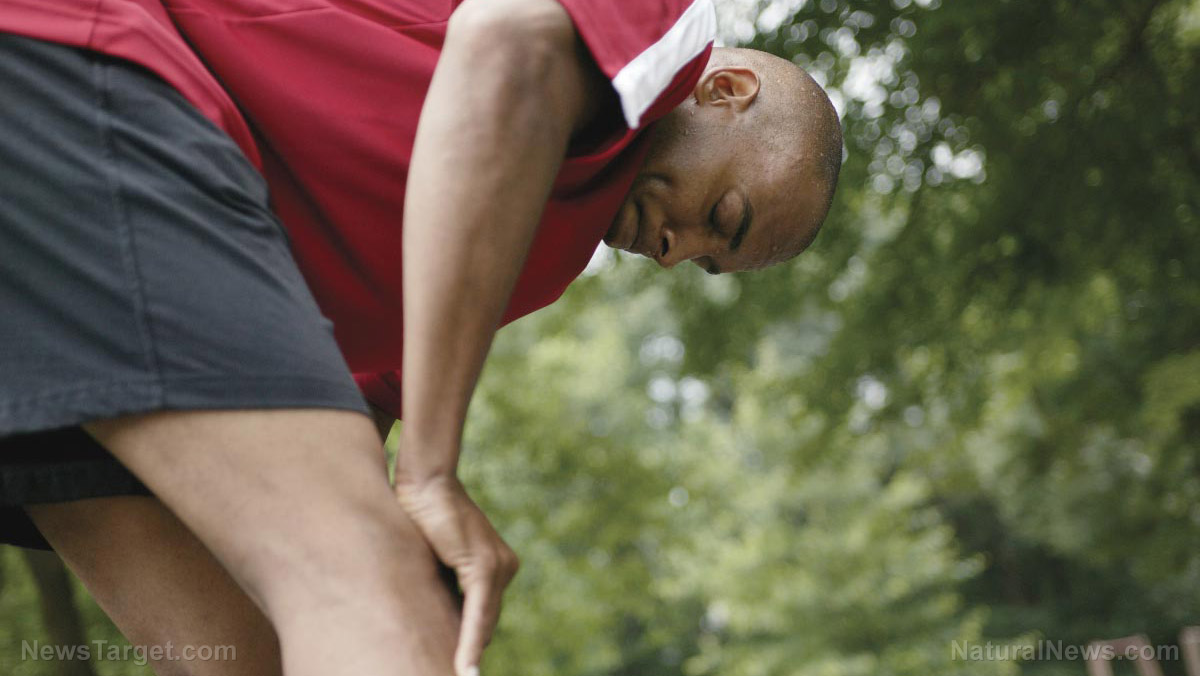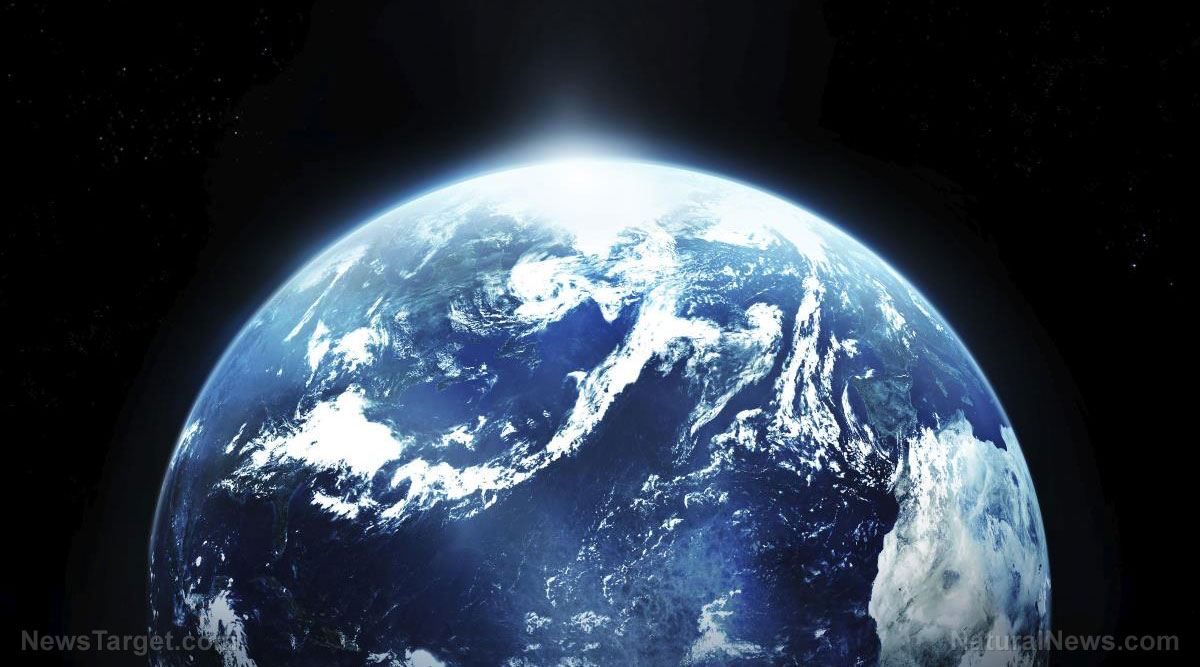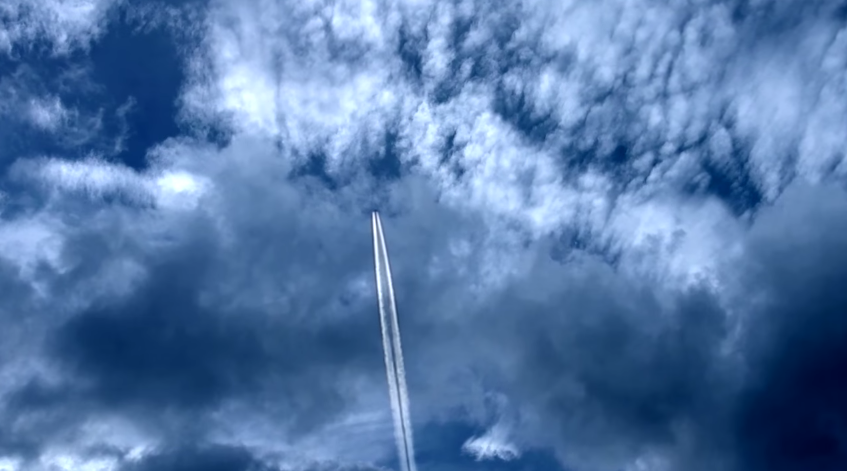Scientists at National Aeronautics and Space Administration (NASA) may have come up with an unconventional plan to save the United States from the supposed explosion of the allegedly newly active volcano at the Yellowstone National Park.
Lying underneath the Yellowstone National Park is a huge magma chamber called a caldera, which is responsible for making geysers and hot springs hot. It erupts every 600,000 years and is home to scenic spots such as 10,000 hot springs, mud pots, and geysers, including the cone geyser called Old Faithful.
NASA Advisory Council on Planetary Defense former member Brian Wilcox shared a recent report regarding the recently-active caldera, noting, “I was a member of the NASA Advisory Council on Planetary Defense which studied ways for NASA to defend the planet from asteroids and comets. I came to the conclusion during that study that the supervolcano threat is substantially greater than the asteoid or comet threat.”
“When people first considered the idea of defending the Earth from an asteroid impact, they reacted to a similar way to the supervolcano threat. People thought, ‘As puny as we are, how can humans possibly prevent an asteroid from hitting the Earth?’”
“Well, it turns out if you engineer something which pushes very slightly for a very long time, you can make the asteroid miss the Earth – so the problem turns out to be easier than people think,” Wilcox said.
This is not the same with supervolcanoes, Wilcox said.
Because Yellowstone currently spills around 60 to 70 percent of its heat into the atmosphere via stream water which oozes into the magma chamber through cracks, the heat and pressure will reach a certain threshold, thereby leading to an inevitable explosion.
However, according to Wilcox, if enough heat was removed, and the supervolcano’s temperature dropped, there might come a day where it would never erupt. This is because a volcano can only be considered sufficiently eruptible when it’s mostly made of molten; when it’s rock hard, it won’t do so. That’s why cooling the magma is a viable option to stave off the Yellowstone supervolcano’s potential explosion.
How much should the temperature drop? Around 35 percent, said Wilcox, which can be considered incredibly risky, as this can only be achieved by getting an increased supply of water into the supervolcano.
“Building a big aqueduct uphill into a mountainous region would be both costly and difficult, and people don’t want their water spent that way,” Wilcox said.
NASA came up with an alternative solution: drill up to 10 kilometers (6.2 miles) down into the supervolcano and pump down water at high pressure and at a temperature of around 350 degrees Celsius (662 degrees Fahrenheit), thus day by day reducing the supervolcano’s temperature. The project is estimated to cost around $3.46 billion.
The excess heat can also serve other purposes, like providing power to America’s electrical grid.
“Yellowstone currently leaks around six gigawatts in heat. Through drilling in this way, it could be used to create a geothermal plant, which generates electric power at extremely competitive prices of around $0.10 per kilowatt hour,” Wilcox said.
Wilcox said that the drilling of a supervolcano can in itself cause its explosion, if not done properly. “If you drill into the top of the magma chamber and try and cool it from there, this would be very risky. This could make the cap over the magma chamber more brittle and prone to fracture. And you might trigger the harmful release of harmful volatile gases in the magma at the top of the chamber which would not otherwise be released.”
Supervolcanoes are abnormally large volcanoes whose eruptions can cause gigantic effects on the global climate and the ecosystem. Big supervolcanic eruptions happen every 100,000 years, with the last major one happening in New Zealand 26,500 years ago.
According to a new map released by the U.S. Geological Survey, the ground around the Yellowstone cauldron has suffered from breaks over the span of two years, making the ground sink back down. Other features of the map include a bulls-eye shaped section of uplift at the Norris Geyser Basin, where the ground rose by around three inches; and an elliptical subsidence in the Yellowstone caldera, with the ground dropping by around 1.2 inches.
“The uplift and subsidence is usually interpreted as due to addition or withdrawal of deep magma and related gases and water at depths five to 15 km (three to nine miles) beneath the ground. This cycle of uplift and subsidence is common and seems tied to earthquake swarms; that is, swarms appear to release the pressure that caused the initial uplift, thus allowing the region to return to a period of subsidence.”
Earthquakes have been plaguing the area all throughout the summer. By Wednesday, August 2, it had around 1,562 events, with the largest magnitude of 4.4. It was visited by more than 1,200 earthquakes in just a month. (Related: Yellowstone reaches 878 earthquakes in just two weeks as scientists wonder when the volcano will blow.)
According to experts, there is a one in 700,000 chance that the Yellowstone supervolcano would erupt. If it comes to that though, the eruption would be 1,000 times more powerful than the 1980 Mount St. Helens eruption in Skamania County, Washington.
Read more stories such as this one at Preparedness.news.
Sources include:
SHTFPlan.com
ZeeNewsIndia.com
IFLScience.com
DailyMail.co.uk
We will respect your inbox and privacy

